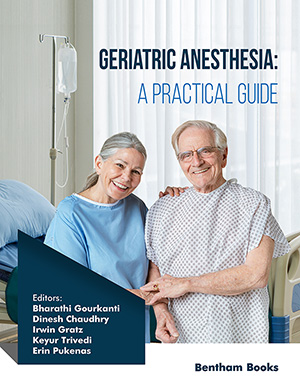Abstract
Worldwide, life expectancy is increasing and people are living longer. Between 2015 and 2050, the proportion of the world’s population over the age of 60 years is expected to double from 12% to 22% [1]. As our elderly population grows, more elderly patients now require elective, urgent, and emergent surgery. Elderly patients are complex due to age-related changes and comorbidities. Anesthesia provides a critical line of defense for these patients, and this begins with a comprehensive pre-operative evaluation. Assessment begins with a history and physical exam and is supplemented with laboratory and clinical data. Special attention must be given to nutritional status, functional capacity, cardiovascular and pulmonary function, cognitive function, and emotional well-being. Understanding the physiologic changes of aging and common pathologies in the elderly helps predict the pharmacokinetics and pharmacodynamics of anesthetic agents. This understanding also helps plan for the hemodynamic, ventilatory, and cognitive impacts of anesthesia on the elderly. Perhaps equally important to determine a patient’s physical condition is establishing the individual’s goals of care, decision-making capacity, and surrogate decision-making for anesthesia and surgery.
Keywords: Anesthetic planning, Baseline functional status, BEERS criteria, Cardiac preoperative assessment, Cognitive function, Discharge planning, End-oflife care, ETOH.






















